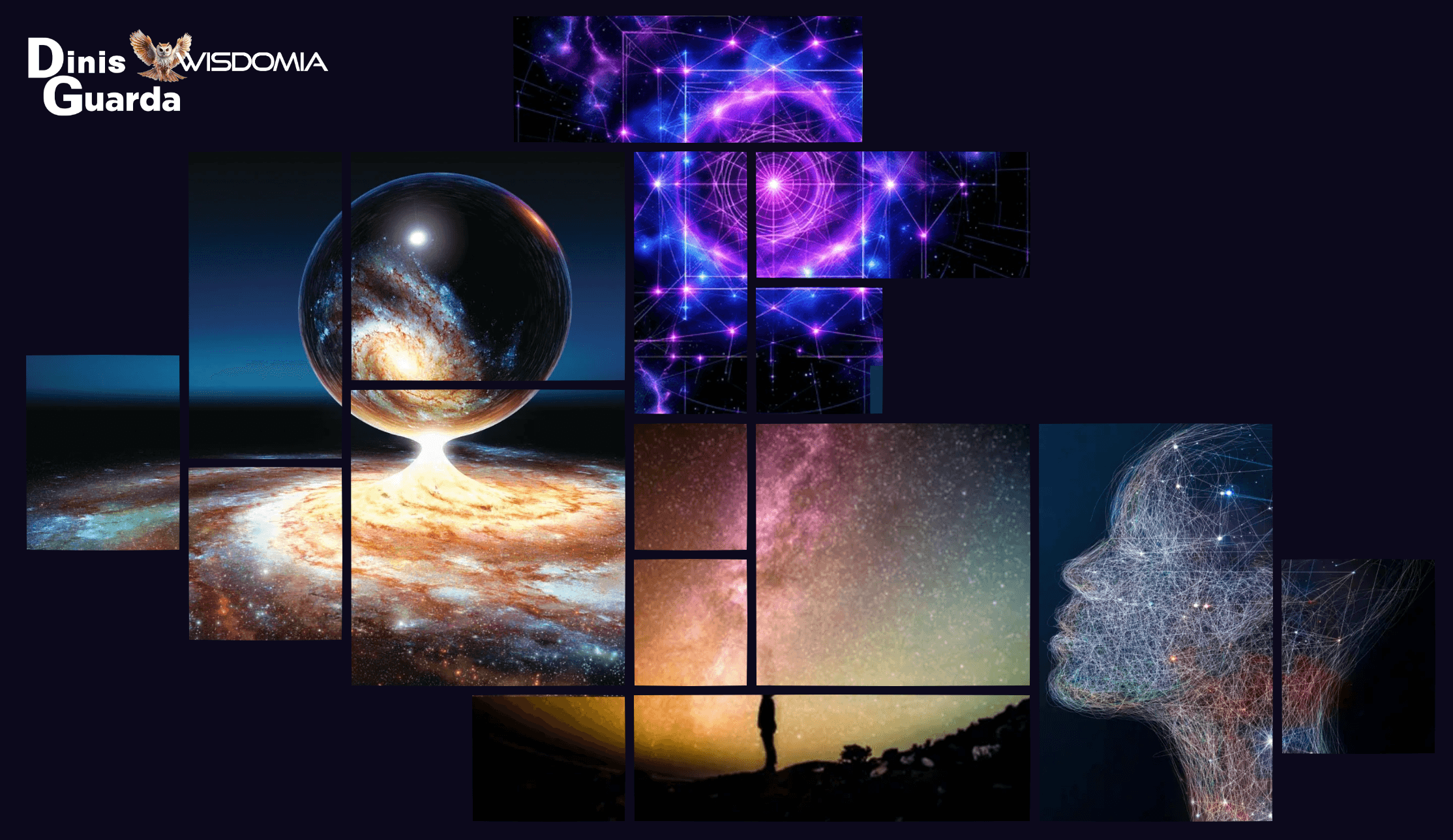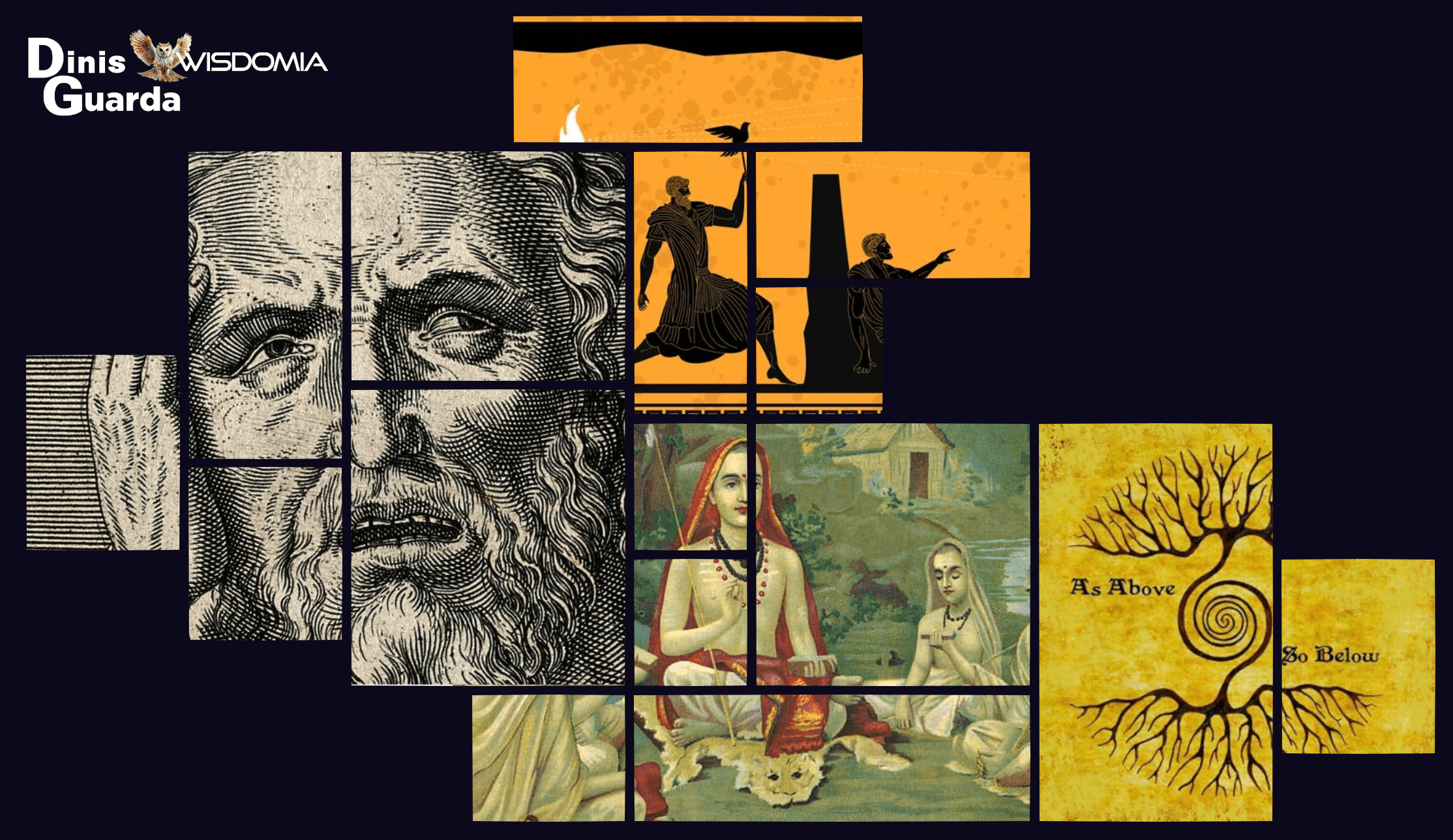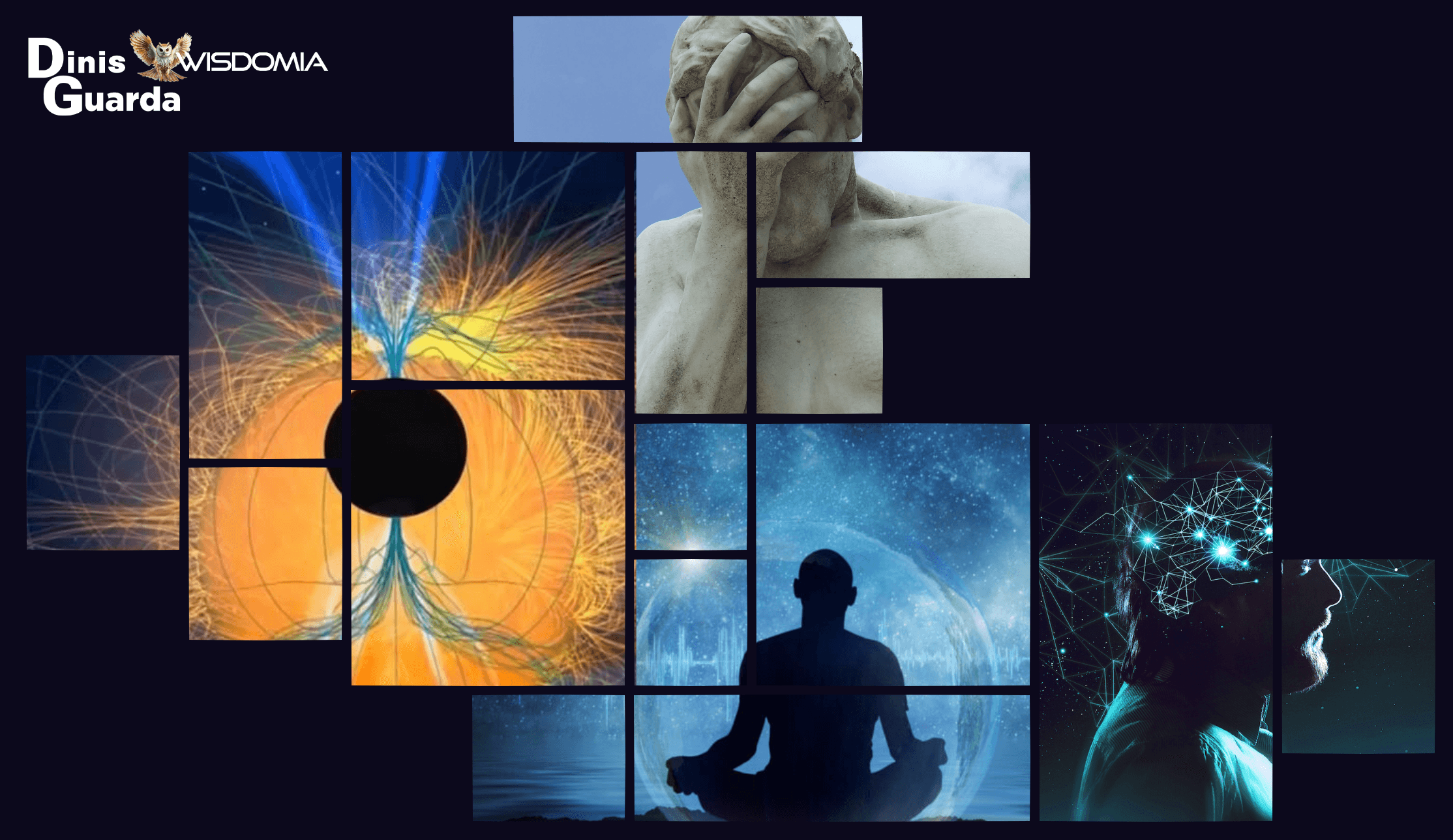Magnolia Flower Meaning: Ancient Symbolism and Spiritual Significance Across Cultures
Sara Srifi
Thu Jul 31 2025

Discover the profound spiritual meaning of magnolia flowers across cultures. From ancient Chinese symbolism to feng shui applications, explore how magnolias represent nobility, perseverance, purity, and spiritual awakening in this comprehensive guide to magnolia flower meanings.
Few flowers command the reverence and admiration of the magnificent magnolia. With their large, pristine petals and intoxicating fragrance, magnolias have captivated human hearts for millennia, becoming symbols of profound spiritual meaning across diverse cultures worldwide. These ancient flowering trees, which have graced our planet for over 100 million years, carry within their blooms a rich tapestry of symbolism that speaks to nobility, purity, perseverance, and the eternal connection between humanity and nature.
Ancient Origins and Historical Significance
When Western botanists first encountered these magnificent flowering trees, they named them after French botanist Pierre Magnol. However, magnolias had been revered long before their scientific classification. During ancient times, only members of the Imperial family were allowed to grow and cultivate magnolias, with the emperor being the only person entitled to own them.
The magnolia's incredible longevity as a species has contributed to their association with endurance, wisdom, and eternal beauty. These prehistoric flowers bloomed before bees existed, relying instead on beetles for pollination, making them living links to Earth's ancient past.
Universal Symbolism: Core Meanings
Nobility and Dignity
The magnolia flower meaning is attached with the symbol of nobility, perseverance, and love of nature. Soft and subtle in color yet strong in appearance, the flower is representative of the beauty encompassing femininity and gentleness. This association stems from their historical connections to royal gardens and their majestic presence.
Perseverance and Endurance
One of the primary meanings revolves around endurance and perseverance. This relates to the toughness of the flowers and the astonishing longevity of the species. The endurance and strength of magnolia trees have made them symbols of everlasting connections, particularly meaningful for relationships that have weathered storms.
Purity and Spiritual Awakening
The spiritual meaning of the magnolia flower is purity, grace, and dignity. It represents the feminine, and therefore also symbolizes empathy, love, strength, and stability. The pristine white petals have long been associated with spiritual purity and cleansing of negative energies.
Cultural Interpretations Across the Globe
Chinese Cultural Significance
In Chinese culture, magnolias hold profound spiritual significance. The magnolia flower, indigenous to China, has deeply resonated with people as a symbol of purity, elegance, and resilience, making it a spiritual emblem in their hearts.
In China, magnolias (Mulan) symbolise feminine beauty, gentleness, and perseverance. They're associated with Yin energ, calm, intuitive, and nurturing. From a feng shui perspective, the magnolia flower is regarded as an auspicious plant that can attract wealth and prosperity. Its beautiful and noble appearance symbolizes wealth and success.
Japanese Hanakotoba Tradition
In Japanese hanakotoba (flower language), magnolia flowers represent a love for nature, nobility, perseverance, and dignity. This tradition emphasizes the harmonious relationship between humans and the natural world.
Victorian Era Symbolism
During the Victorian era's elaborate "language of flowers," magnolia flower symbolism connected these fragrant flowers to good fortune, financial success, and noble intentions. Victorian society used flowers to communicate complex emotions, with magnolias conveying messages of dignity and perseverance.
Color Meanings and Spiritual Spectrum
Different colored magnolias carry distinct spiritual meanings:
White Magnolias: Symbolize purity and divine connection, often used in spiritual ceremonies and meditation practices.
Pink Magnolias: Represent feminine energy, nurturing love, and emotional healing, celebrating the divine feminine.
Purple Magnolias: Purple Magnolia represents vibrations that help in achieving wishes of luck and health, while symbolizing spirituality, royalty, and dignity.
Yellow Magnolias: Embody joy, spiritual growth, and material abundance, representing the golden light of wisdom.
Green Magnolias: Convey prosperity, growth, renewal, and the abundance flowing from natural harmony.
Feng Shui Applications and Spatial Harmony
In Feng Shui, Magnolia shrubs or trees planted outside a home are said to bring calmness and tranquillity to those who live there. Strategic placement serves multiple purposes:
Wealth and Prosperity: Placing magnolia flowers in homes or shop entrances attracts financial success and business prosperity.
Relationship Harmony: Their association with enduring connections makes magnolias excellent additions to wedding bouquets and relationship areas of homes.
Spiritual Balance: Magnolias promote harmony between material and spiritual concerns, creating energetic equilibrium.
Modern Applications and Contemporary Relevance
In contemporary times, magnolia symbolism has evolved while maintaining ancient wisdom. In Asian cultures, Magnolias can be tied to spirituality, enlightenment, or harmony with nature. This connection to environmental harmony resonates strongly with modern ecological awareness.
Life Celebrations and Transitions
Magnolias are perfect for various life celebrations:
New Beginnings: Ideal for graduations, housewarmings, or welcoming newborns, representing rebirth and renewal.
Spiritual Ceremonies: Used in meditation, blessing ceremonies, and rituals invoking higher consciousness.
Healing and Recovery: Their message of perseverance provides comfort during health challenges and personal recovery.
Psychological and Emotional Benefits
Magnolias embody longevity, purity, strength, positivity, and beauty, reflecting resilience and endurance. These qualities provide psychological anchoring during uncertain times, offering stable reference points for personal growth.
Cultivating Magnolia Energy in Daily Life
Understanding magnolia symbolism becomes powerful when integrated into daily practice:
Meditation and Mindfulness: Visualizing magnolia blossoms during meditation cultivates purity of intention, nobility of character, and perseverance through challenges.
Personal Affirmations: Drawing upon magnolia symbolism in affirmations strengthens resolve and character development.
Environmental Choices: Embracing magnolia's representation of love for nature encourages lifestyle choices that honor and protect the natural world.
The Magnolia's Timeless Message
As we navigate contemporary complexities, the magnolia offers timeless wisdom wrapped in stunning beauty. With a rich historical tapestry stretching from ancient times to modern-day, the magnolia's enduring presence serves as testament to the flower's lasting relevance and spiritual significance.
The magnolia teaches that true beauty is enduring rather than fleeting, resilient rather than fragile. In a world valuing speed over depth, magnolias remind us of profound power found in authentic dignity, patient perseverance, and noble character.
Personal Transformation and Integration
People attracted to magnolia flowers are often drawn to their elegance and serene nature. This attraction suggests recognition of qualities the soul seeks to develop. By consciously connecting with magnolia energy, we cultivate these same qualities within ourselves and communities.
The magnolia's example of blooming magnificently year after year, regardless of external conditions, offers a powerful model for personal resilience and spiritual growth. Just as magnolia trees put down deep roots to support spectacular blooms, we too can ground ourselves in timeless values supporting our highest expression.
Embracing Eternal Magnolia Wisdom
Beyond aesthetic appeal, the Magnolia carries layers of meaning, cultural significance, and practical uses. The magnolia stands as one of nature's most eloquent teachers, offering lessons in dignity, perseverance, purity, and the profound beauty emerging when we align with our highest nature.
Whether encountered in moonlit gardens, feng shui arrangements, or meditation practices, magnolias invite us to embody their qualities of noble strength, enduring beauty, and spiritual grace. They remind us that true magnificence comes from character cultivation, perseverance practice, and commitment to blooming fully regardless of circumstances.
In embracing the magnolia's message, we join a tradition stretching through millennia of human civilization, recognizing in these spectacular blooms a reflection of our own highest possibilities. The magnolia demonstrates how to live nobly, shows us how to endure with grace, and reveals the pure essence existing within all beings, waiting to bloom in perfect timing and magnificent beauty.
previous
Feel Good Books: Your Guide to Uplifting Literature That Transforms Lives
next
Constance Lloyd: The Brilliant Woman Behind Oscar Wilde
Share this

Sara Srifi
Sara is a Software Engineering and Business student with a passion for astronomy, cultural studies, and human-centered storytelling. She explores the quiet intersections between science, identity, and imagination, reflecting on how space, art, and society shape the way we understand ourselves and the world around us. Her writing draws on curiosity and lived experience to bridge disciplines and spark dialogue across cultures.
More Articles

Community as Classroom: When the Village Teaches : Redefining Where Learning Happens

Each Being Is Humanity: The Cosmic Responsibility of Conscious Participation

When Ancient Wisdom Met Quantum Physics: The Philosophical Synthesis

The Mirror Universe: Why Reality Reflects All Your Signals

Who Does What: The Stakeholder Action Plan for Universal AI Accessibility





